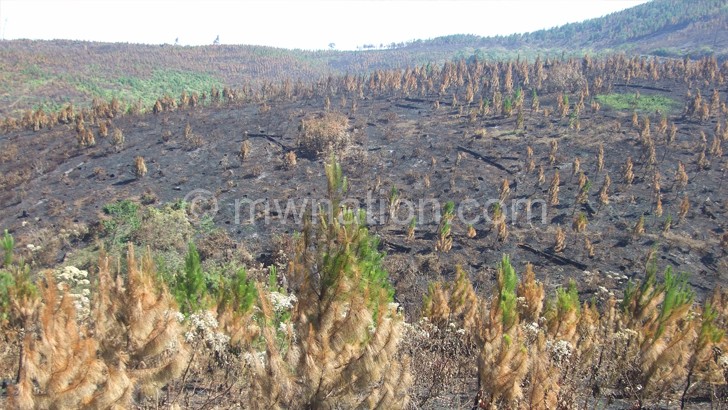Wildfires contribute greatly to global warming
Wildfires produce a witch’s brew of carbon-containing particles, as anyone downwind of a forest fire can attest. A range of fine carbonaceous particles rising high into the air significantly degrade air quality, damaging human and wildlife health, and interacting with sunlight to affect climate.
But measurements taken during the 2011 Las Conchas fire near Los Alamos National Laboratory show that the actual carbon-containing particles emitted by fires are very different than those used in current computer models, providing the potential for inaccuracy in current climate-modelling results.

“We’ve found that substances resembling tar balls dominate, and even the soot is coated by organics that focus sunlight,” said senior laboratory scientist Manvendra Dubey, “Both components can potentially increase climate warming by increased light absorption.”
The Las Conchas fire emissions findings underscore the need to provide a framework to include realistic representation of carbonaceous aerosols in climate model, the researchers say. They suggest that fire emissions could contribute a lot more to the observed climate warming than current estimates show.
“The fact that we are experiencing more fires and that climate change may increase fire frequency underscores the need to include these specialised particles in the computer models, and our results show how this can be done,” Dubey said.
Conventional wisdom is that the fire-driven particles contain black carbon or soot that absorbs sunlight to warm the climate, and organic carbon or smoke that reflects sunlight to cool the climate. But in a paper just published in Nature Communications the scientists from Los Alamos and Michigan Technological University analysed the morphology and composition of the specific aerosols emitted by the Las Conchas fire.
Las Conchas, which started June 26, 2011, was the largest fire in history at the time, burning 245 square miles. Immediately after Los Alamos National Laboratory reopened to scientists and staff, the team set up an extensive aerosol sampling system to monitor the smoke from the smouldering fire for more than 10 days.—www.lanl.gov





